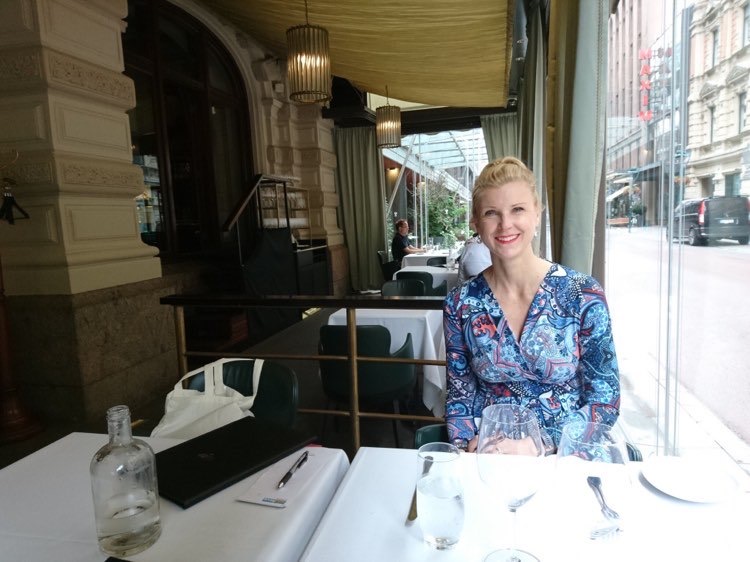Point of view: Finnish bioeconomy − the new PISA in the U.S.

Kristiina Helenius is C.E.O. of the U.S.-based consultancy Nordic West USA. Previously, she has worked as journalist and C.E.O. of Amcham Finland. At the time of Finland’s PISA success, she was Press Secretary at the Finnish embassy in Washington, D.C. Nordic West USA is the North-American cooperation partner of the Finnish Forest Association and Tapio.
PISA didn’t only find a gem; it found a goldmine. Success at a systemic level is a far greater achievement than any one-off commercial hit. It can act as a platform for continuous business development.
At the turn of the century, Finland found itself in the spotlight. The new Programme for International Student Assessment (PISA), which measures teenagers’ learning results in industrialized countries, ranked the Finnish education system best in the world.
For once, a breakthrough followed the logic of an engineer: as long as the product is good, someone will sooner or later discover it. This time, PISA did!
The reputational benefit from the PISA assessment has, indeed, been unmeasurable. But the commercialization never materialized. Americans flocked to Finland to find out how they could learn and benefit. Hopefully, they had a nice visit. As to an answer for how to best export this expertise, Finland couldn’t provide one.
Now we are presented with a second chance. The bioeconomy holds all the elements of the next breakthrough. In the U.S., businesses, experts and government officials alike excitedly witness a sea-change in attitudes and investments they had already despaired never seeing.
Our engineers have done their part: the Finnish product is good. Now, it’s time for the strategists, sales and marketing people to step in.
There is a demand.
Last month, the leading conference on bioeconomy – the Advanced Biofuels Summit – placed a Nordic panel discussion in their prime time slot. When the event went online, the panel featuring Finnair, Kotkamills and Dolea, became the conference’s most listened to segment.
While the HX acquisition is making Finns sought-out guests in Washington, D.C., it is opening doors to other industries as well. For example, congressional committees seek out Finnish bioeconomy experts for hearings.
The Finnish embassy has paved the way remarkably. The results include cooperation agreements with the governors of Maine and Michigan on research and commercialization. The implementation is in full motion.
Finland was smart in finding partners of equal size and motivation, instead of following Sweden and other European countries to California, where the space is getting crowded.
States and cities are driving the U.S. climate action. If democratic presidential candidate Joe Biden gets elected, federal forces will follow suit. Biden has promised to re-join the Paris Climate Agreement, and even activists have, often reluctantly, call his climate plan “radical.”
From the U.S., it looks like Finland is building the future on terms of sustainability. In other words, Finland is offering the world a systemic and holistic bioeconomy lineup.
What is our call now that the United States is listening? What is the solution that we promise and will deliver?
These are things to think through – and act upon – while the momentum lasts. This time, simplu earning a good reputation won’t cut it. The goal has to be commercial success.
The point of view was first published in August 28, 2020.
Kirjoita kommentti